PsychNewsDaily Publishers
100 Summit Drive
Burlington, MA, 01803
Telephone: (320) 349-2484
PsychNewsDaily Publishers
100 Summit Drive
Burlington, MA, 01803
Telephone: (320) 349-2484
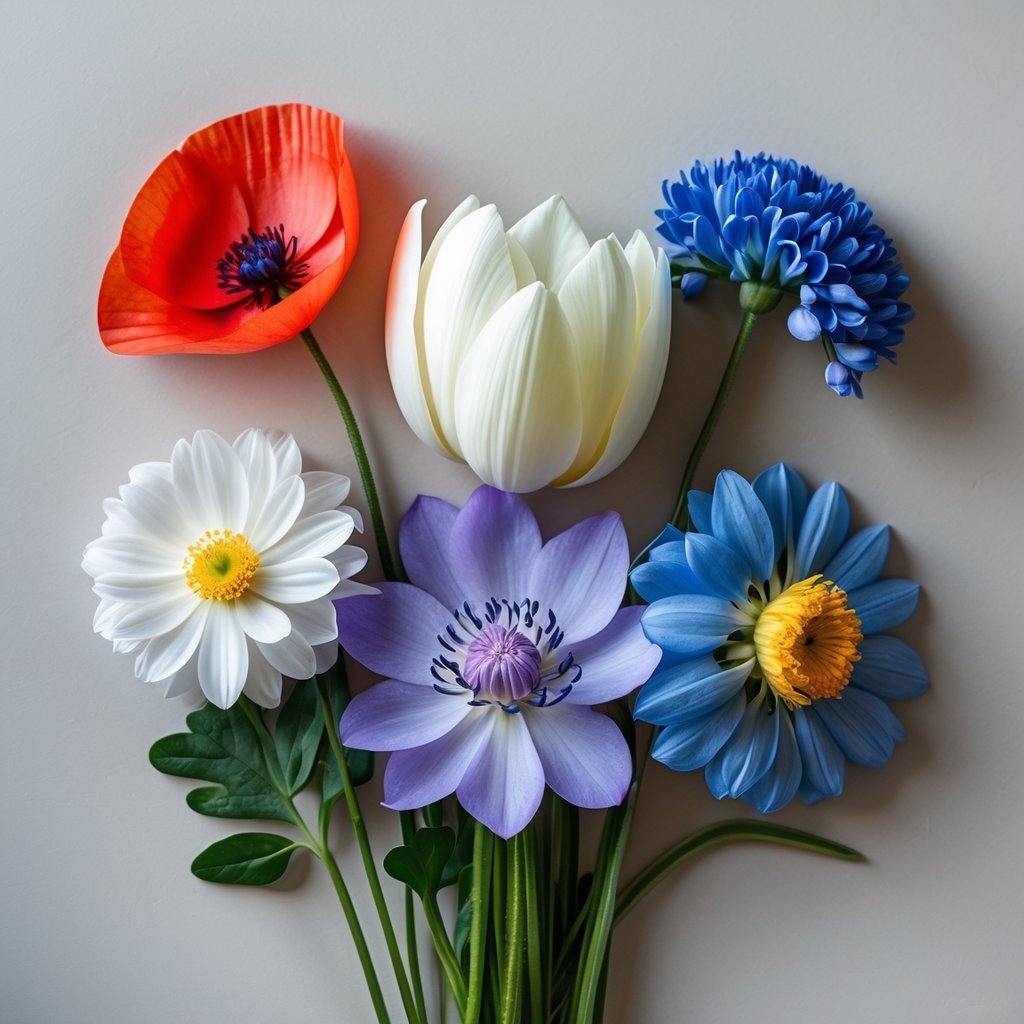
Flowers have been part of human life for thousands of years. But honestly, their roles go way beyond simple decoration.
A lot of flowers have weirdly fascinating stories that tie them to history, culture, and even old myths. It’s wild how flowers have nudged events and shaped ideas through the ages.
Some flowers have taken on surprising meanings, shaping cultures and traditions in ways you might not expect. Once you know these stories, it’s hard to look at everyday blooms the same way. There’s a lot more going on beneath the surface.
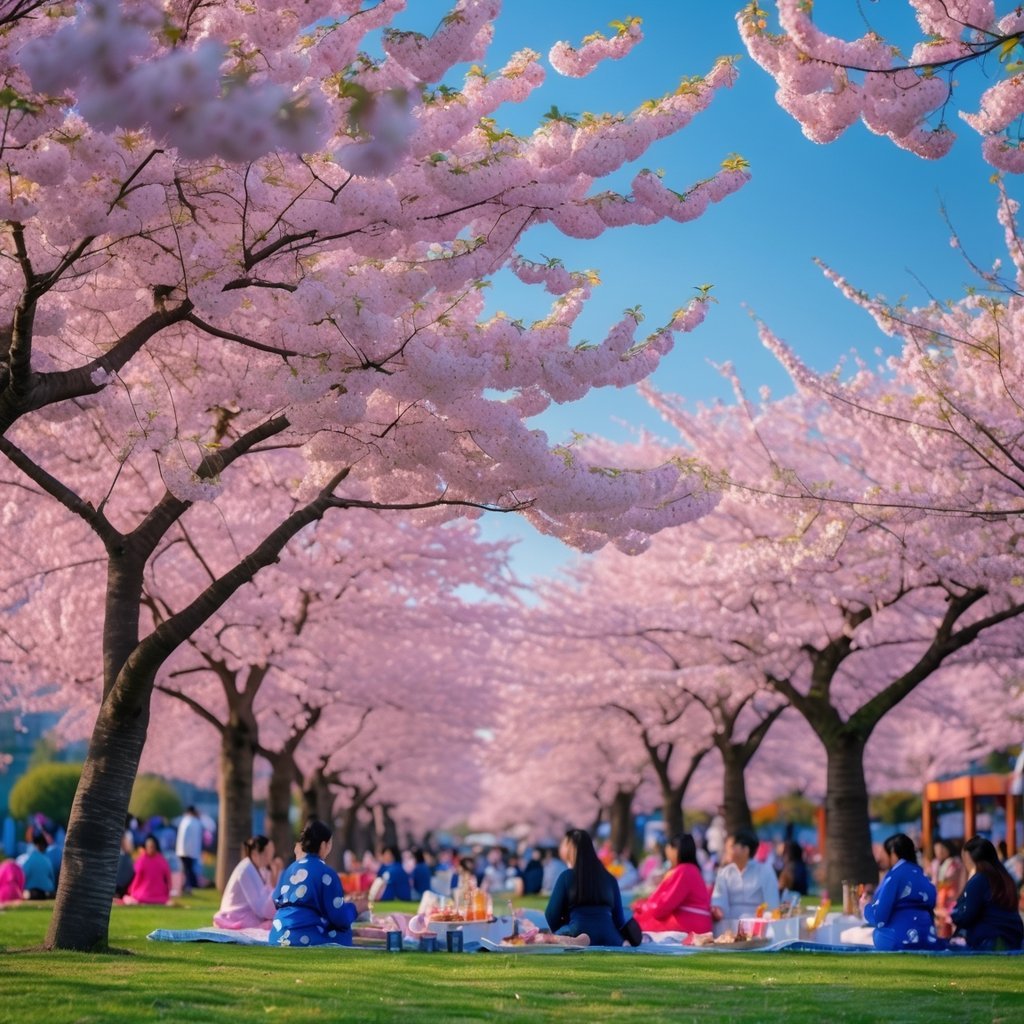
When cherry blossoms show up, it’s hard not to stop and stare at those clouds of pink. In Japan, these flowers mean much more than just a pretty view.
They kick off hanami, a tradition where people gather under the trees with friends or family. You’ll see folks picnicking, laughing, and just soaking up spring.
For over a thousand years, people have done this. Way back, farmers would watch for the blossoms to know when to plant their crops.
The cherry blossom stands for change and fresh starts. When you see those petals, you can’t help but feel how brief and beautiful life is.
Hanami isn’t just about flowers—it’s about sharing a fleeting moment with others. That’s what makes it so special every year.
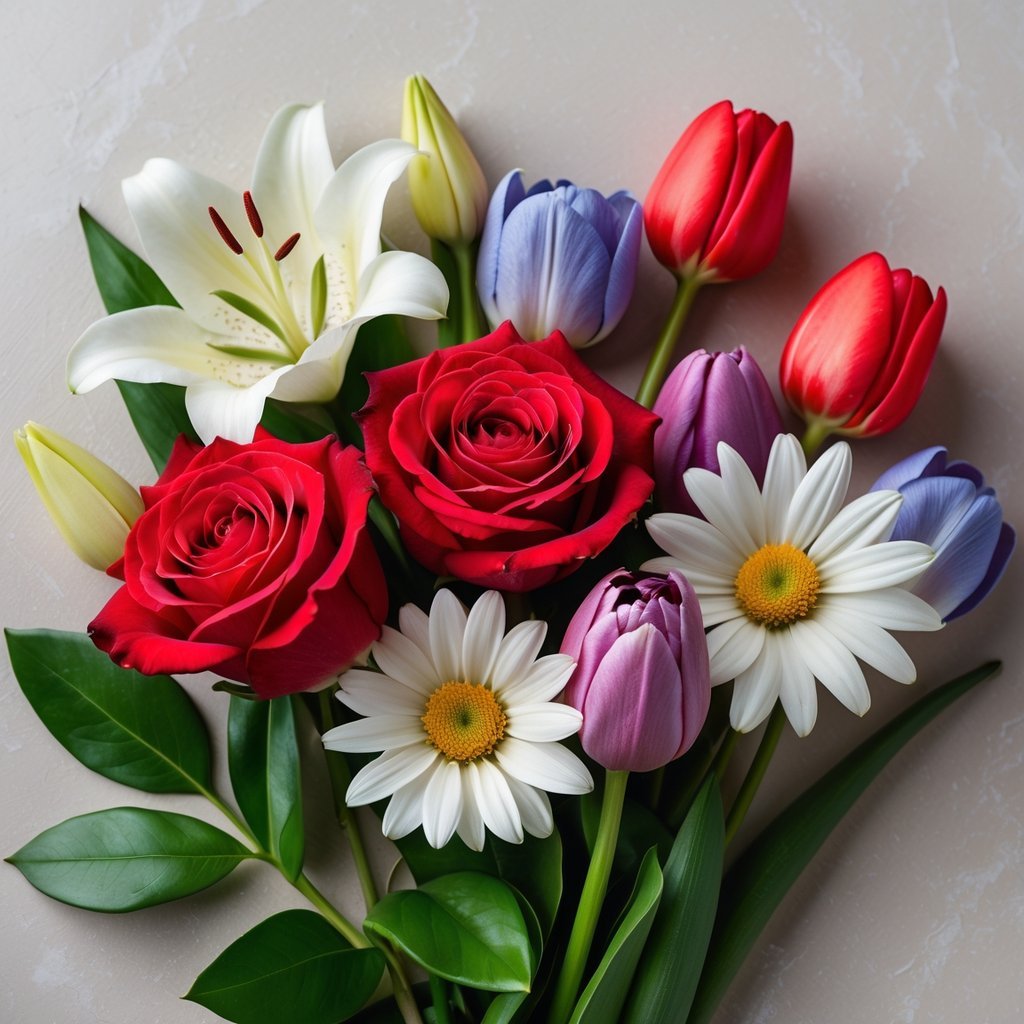
Roses and love—yeah, it’s a classic combo. This idea actually comes from old Greek and Roman legends.
Take the red rose, for example. People linked it to Aphrodite, the goddess of love.
When you hand someone red roses, you’re carrying on a tradition that’s been around for ages. It’s not just a flower—it’s a symbol of passion and romance.
In Western culture, red roses have pretty much become the go-to for showing you care. Weddings, Valentine’s Day, or just because—roses say it all.
It’s kind of amazing how one flower can carry so much meaning.
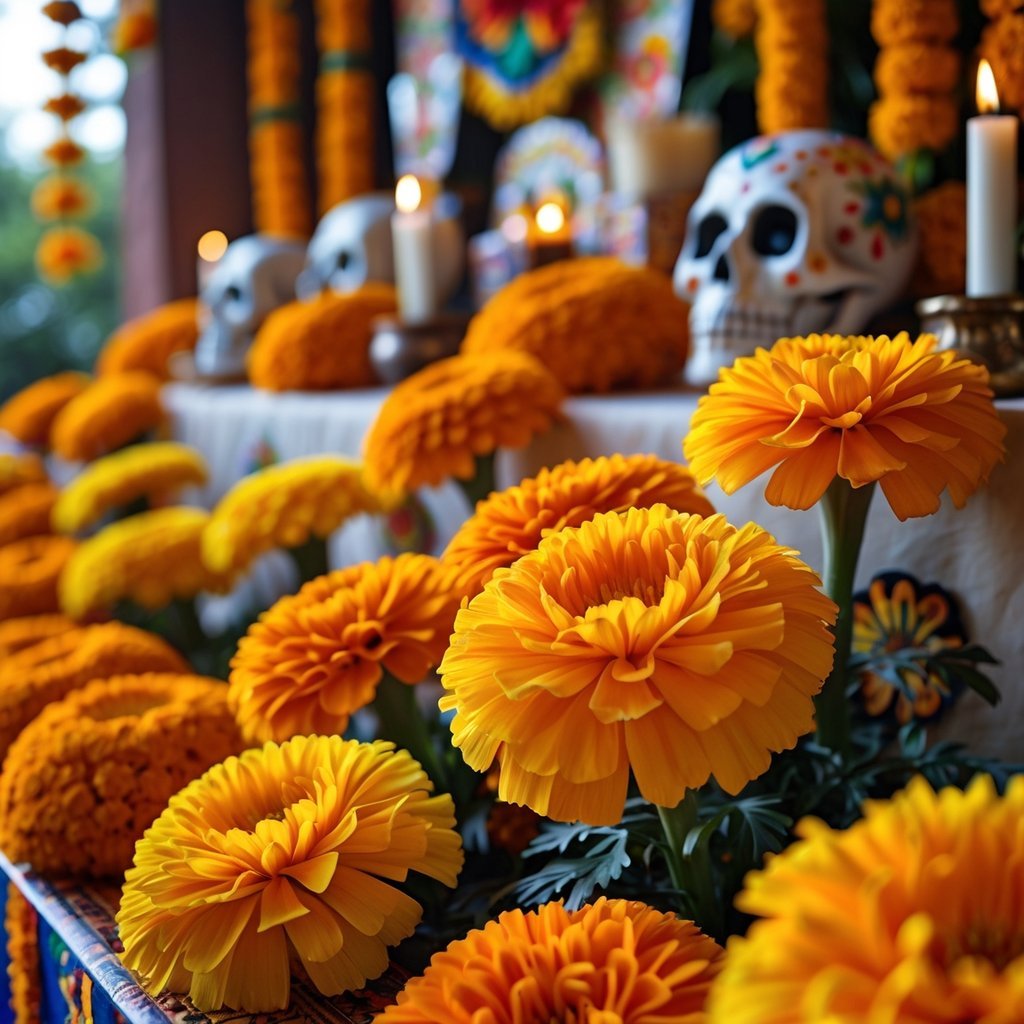
Marigolds actually play a huge part in Mexico’s Day of the Dead. People call them “cempasúchil,” and they’ve used them since Aztec times.
When you spot marigolds on altars or graves, remember—they’re more than just bright decorations. Their bold color and strong scent are supposed to help guide spirits back to visit family.
Marigolds act like a bridge between the living and those who’ve passed on. They remind us that life is sweet, but also short.
It’s a beautiful way to honor the people who came before.
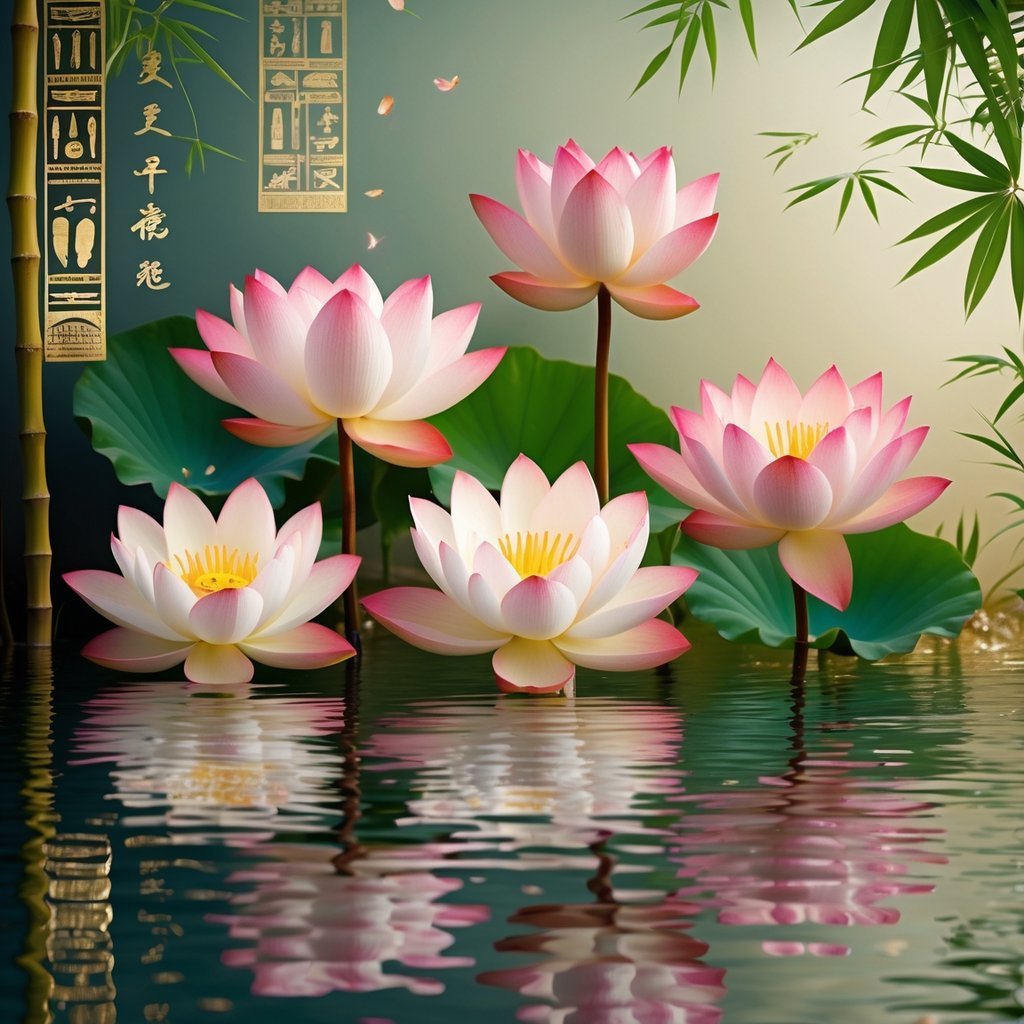
Lotus flowers meant a lot in ancient Egypt and across Asia. In Egypt, they stood for rebirth and the start of the world.
People believed the lotus was the very first flower to rise from the waters at creation. That’s a pretty big deal.
In Asia—especially in India and China—the lotus stands for purity and spiritual growth. It grows out of muddy water, but the blooms come out clean and bright.
That’s a powerful reminder that you can rise above tough times.
You’ll see lotus flowers in religious stories and art all over the place. They encourage you to stay pure and keep learning, no matter what life throws at you.
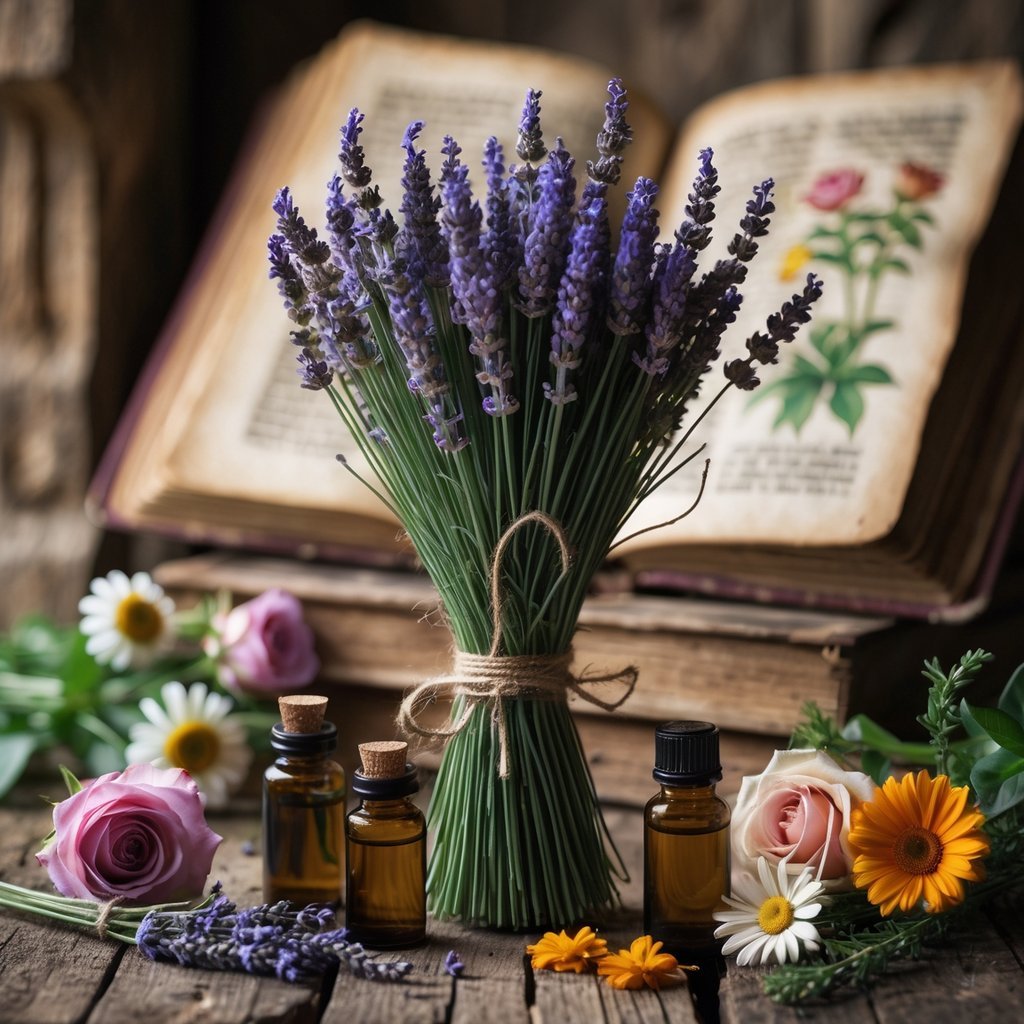
Back in medieval times, nurses and healers kept lavender close at hand. They didn’t just love the scent—it actually helped them clean wounds and fight off infections.
People also leaned on lavender for perfume. Tossing it into baths or leaving it around the house made the air fresher.
Honestly, its calming scent probably made homes feel a little more welcoming.
If you ever wander through a medieval-style herb garden, you’ll probably spot lavender still thriving there. It’s a quiet reminder of how folks once turned to this unassuming flower for both comfort and a bit of healing.